The Norwegian Lundehund is one of the most unique dogs in existence. One could call it a "super dog" in its field, for it is curiously equipped to perform an exact function and has features which are not present in any other breed. The Lundehund is an ancient breed of dog, which still exists today, useful in the specific task of hunting the Puffin Bird. This bird is a small penguin type which nests in tight crevices in rocks and caves. The Lundehund has at least six double or triple jointed toes on each foot, a double jointed neck which allows it to twist its head almost completely backwards and upside down and ears which close up to prevent water from getting inside. The standard of the breed requires very specific foot structure: there must be at least six digits on each foot (many have up to eight) and of those digits at least five must be a support for the dog. All five of the toes on the front and four on the back, must have three joints, the rest must all have double joints. The shoulder joints are also constructed so as to allow the dog to spread its front legs out at right angles to its body. All of these features are tools which the dog uses to reach into the rocks and caves which are the nesting places of the Puffin Bird and drag out the bird or its abandoned nest. Because of this breed's unique nature, the Norwegian Lundehund and the Puffin Bird which it hunts are now protected by the Government of Norway and by conservationist organizations.
Not surprisingly, the breed is also called the Puffin Dog. The Puffin Dog was extremely useful and found in large numbers during the 17th and 18th centuries in Norway. The local people used the dog to hunt the bird for their own table use and also to sell the down feathers to Europe and England. Down pillows made from this bird were much in demand and until the use of nets became popular there were many families who kept two or three of these dogs, not only to provide food for their table but to provide income from the sale of the feathers. Gradually there was less demand for the Puffin dogs when the farmers began to use nets for the capture of the birds. In the more isolated villages the Norwegian Lundehund continued to be used and it is probably only because of their isolation that the breed survived the changes.
Around 1925 the breed had dropped so drastically in number that it was very near extinction. Around that time the Christie family, who were breeders of English Setters, became interested and made efforts to re-establish the breed. The Distemper outbreaks during the second World War nearly decimated the population again and it was only through the intervention of the Christies that the breed managed to survive and then in greatly reduced numbers. By 1960 the count was exceedingly low and Mrs. Christie, at the age of 70, again attempted to resurrect the original bloodlines. It is believed that she re-established the breed with only five specimens of the original breeding stock.
Today there are active clubs around the world who protect and cherish this unusual breed. The dog is a member of the F.S.S. of the American Kennel club.
Those who keep this dog as a pet need to be aware that there are some health problems associated with the breed. The Lundehund Association lists four specific diseases which are also common to some other breeds. These are all related to gastrointestinal problems which can be life threatening or require special diets. Testing can be done for these and it is highly important that breeders test for these conditions before using any dog for breeding. Pet owners need to keep in touch with the breeders of the dog for general health care questions.

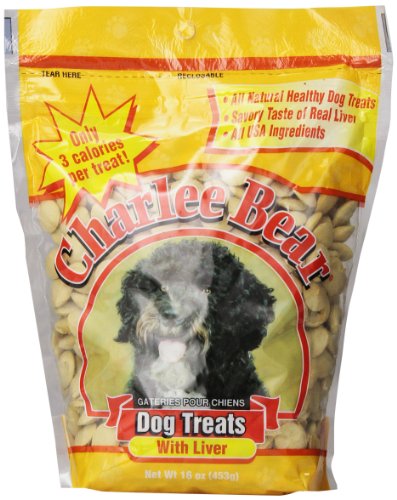 How Not To Use Treats In Dog Training
How Not To Use Treats In Dog Training
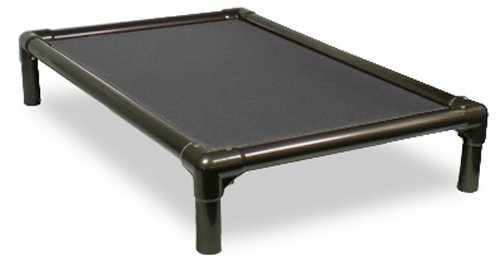 How To Get Rid Of Ticks on Dogs Using Safe and Cheap Alternatives to Frontline Flea and Tick Control
How To Get Rid Of Ticks on Dogs Using Safe and Cheap Alternatives to Frontline Flea and Tick Control
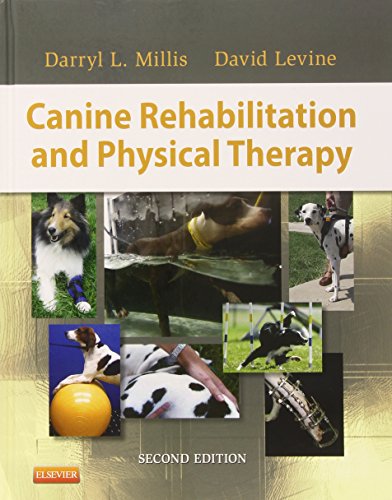 TPLO? TTA? Tightrope? Fishline? What Does My Dog Need?
TPLO? TTA? Tightrope? Fishline? What Does My Dog Need?
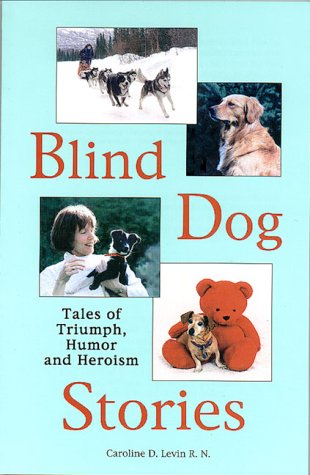 Four Helpful Truths About Blindness in Dogs
Four Helpful Truths About Blindness in Dogs
 Dehydrated Raw Dog Food Puts the Wag in Your Pets Tail
Dehydrated Raw Dog Food Puts the Wag in Your Pets Tail
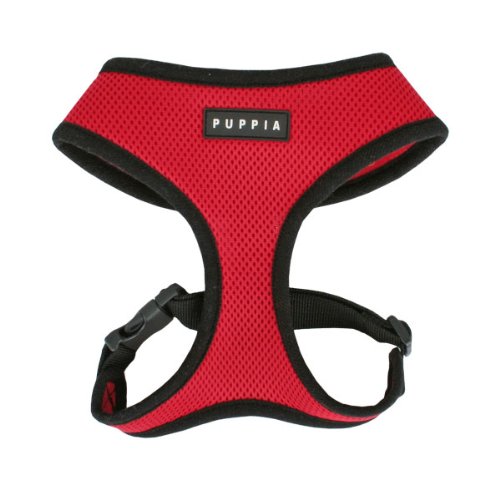 The Difference Between Harnesses and Collars for Dogs
The Difference Between Harnesses and Collars for Dogs
 Choosing a Dog Breed
Choosing a Dog Breed
Choosing a Dog Breed
Choosing a Dog Breed
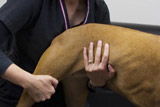 Hip Dysplasia in Dogs
Hip Dysplasia in Dogs
Hip Dysplasia in Dogs
Hip Dysplasia in Dogs
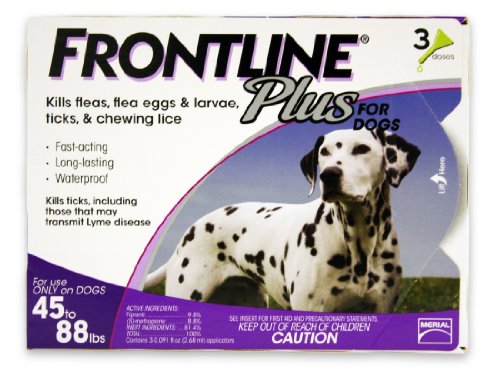 How to Relieve Your Pets Itching and Scratching
Unhealthy SkinA number of sk
How to Relieve Your Pets Itching and Scratching
Unhealthy SkinA number of sk
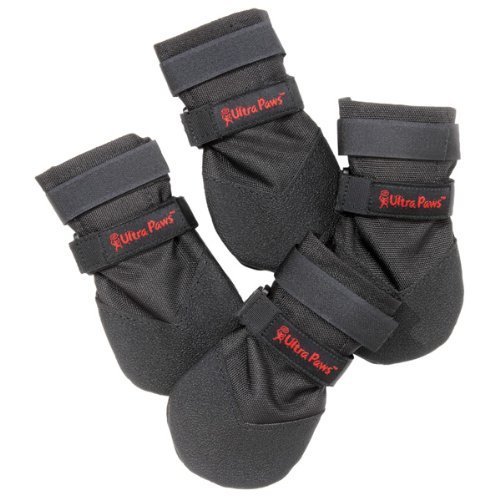 Whats in Your Pets Dog Paw and Feet
Paw showing pads A. Claw, B. Digital Pads, C. Metacarpa
Whats in Your Pets Dog Paw and Feet
Paw showing pads A. Claw, B. Digital Pads, C. Metacarpa
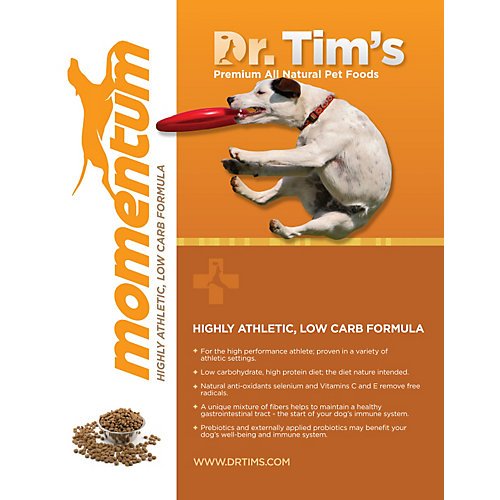 Should You Feed Your Dog Low
The trend to remove fat from
Should You Feed Your Dog Low
The trend to remove fat from